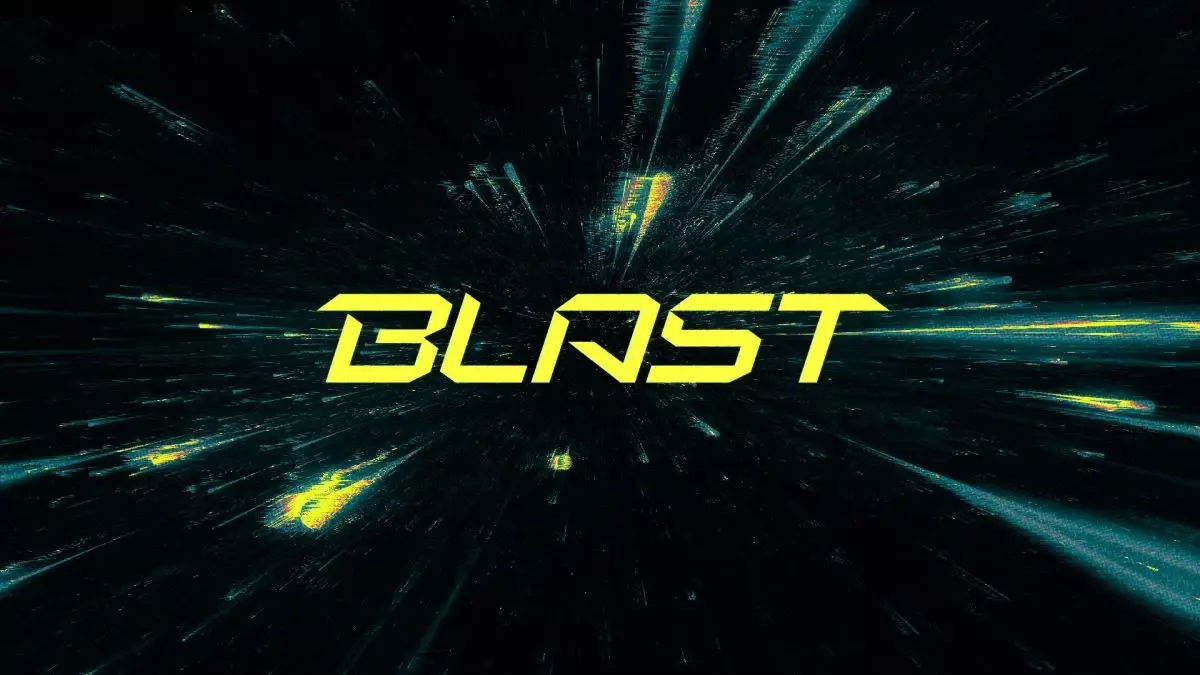The Blast Network has made a significant impact in the web3 world, particularly in the realm of Ethereum Layer 2 (L2) solutions. Launched in February 2024 by the creators of Blur NFT marketplace, the Blast Network introduced its Blast Mainnet to address the challenges of high transaction fees and network congestion experienced on the Ethereum Mainnet. Its innovative features, such as native yield generation for both ETH and stablecoins, set it apart as a game-changer in the crypto industry.
Blast Network is designed as a Layer 2 blockchain to improve the scalability and efficiency of blockchain transactions. The platform offers a user-friendly interface and a robust infrastructure that supports a wide array of decentralized finance (DeFi) applications. Users can earn returns on their holdings directly within the ecosystem without the need for staking, making it seamless and convenient.
Unlike other Ethereum L2 solutions, Blast Network offers continuous interest payments for holding Ethereum (ETH) or USDB, its native stablecoin. Users simply need to keep their tokens in their wallets to automatically receive rewards. The platform combines ETH staking and other protocols to generate interest behind the scenes, which is then distributed to users. By bridging assets and transferring them to Blast, users automatically stake their assets within the network, enabling Blast to earn interest and distribute earnings to users.
All stablecoins bridged onto Blast are converted into USDB, utilizing a T-bill protocol from MakerDAO to generate interest. Both ETH and USDB are auto-rebased, providing users with compound interest just by holding these tokens in a wallet on Blast. This approach offers significantly higher interest rates compared to traditional bank accounts, making it an attractive option for cryptocurrency enthusiasts.
To start using Blast Network, users need to bridge tokens to the network. Early adopters may receive tokens as a gesture of appreciation through an airdrop. The bridging fees are relatively low, around $5, and the official bridge supports transfers to and from the main Ethereum network with a limited selection of accepted tokens. Various third-party services offer additional bridging options with incentives like Blast Gold or rewards.
Once funds are on the Blast network, users can earn airdrop points and compound interest effortlessly. For those interested in engaging with DeFi protocols or farming points from other projects, there are numerous options available. However, it is crucial to research third-party services or dApps before using them to ensure security and reliability.
The BLAST token acts as the governance token for the network, with a planned total supply of 100 billion tokens. Fifty percent will be distributed to the community through incentive campaigns over the next three years. As of the latest data, the current market cap of BLAST exceeds $400 million, reflecting its growing prominence in the crypto market.
The Blast Network features a gaming ecosystem in its early stages, attracting developers and users alike. With over 600,000 active users, the platform offers games like Gangster Arena, Crypto Valleys, and Blast Auto Club. Beyond gaming, Blast Network presents various use cases with its native yields and innovative features, such as Stablecoin Finance, NFT Marketplaces, and Metaverse applications.
The Blast Network’s innovative approach to addressing common blockchain challenges, coupled with its user-friendly interface and robust infrastructure, positions it as a significant player in the web3 space. By simplifying the process of earning interest and providing a platform for gaming and DeFi projects, Blast Network is poised for long-term success in the evolving crypto landscape, shaping the future of decentralized finance and gaming.
















Leave a Reply